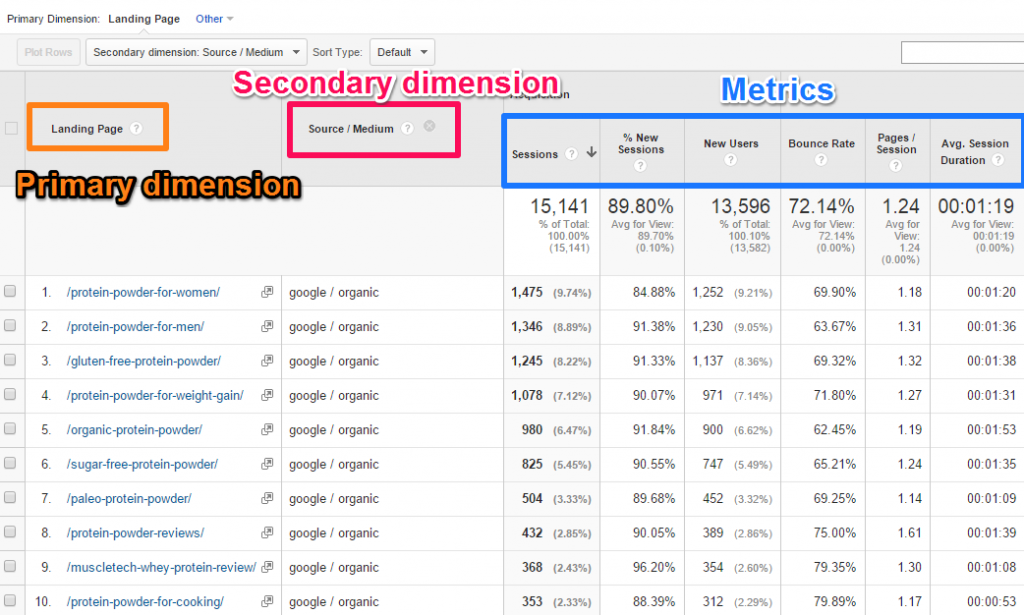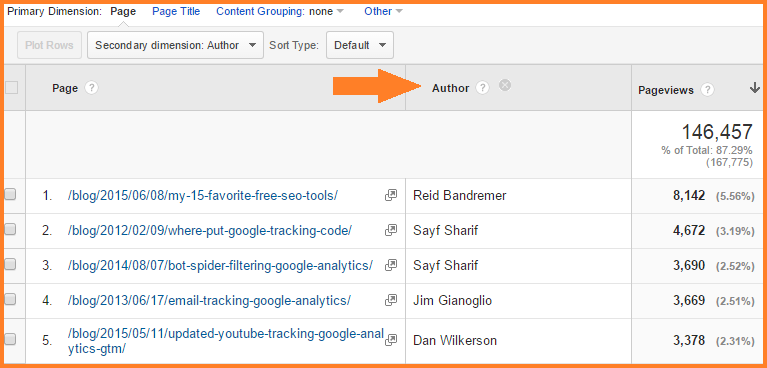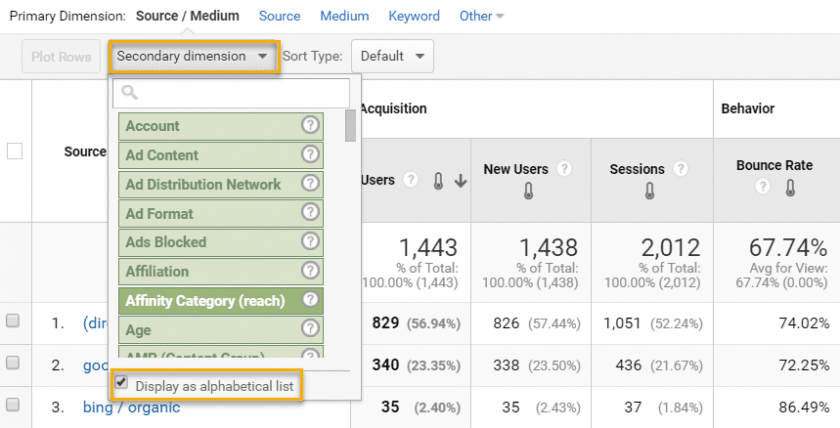Navigating the Midst of Second Measurement in Google Analytics: A Comprehensive Expedition on Its Performance
In the world of digital analytics, the complexities of information analysis usually hold the key to unlocking useful understandings. Within the expansive toolkit of Google Analytics lies an attribute that offers as a covert treasure for those that look for a much deeper understanding of user actions and website efficiency. Secondary measurements, though seemingly uncomplicated in the beginning look, harbor a riches of untapped potential waiting to be utilized. As we embark on this journey to explore the nuanced capability of additional dimensions, we will discover just how this function can light up patterns, introduce correlations, and inevitably lead the way for educated decision-making in the digital landscape.
Comprehending Additional Dimensions in Google Analytics

Understanding how secondary dimensions work is critical for leveraging the complete power of Google Analytics. By combining main metrics with additional dimensions, you can acquire valuable insights that drive notified decision-making and optimization techniques.
Leveraging Second Dimensions for Data Evaluation
Building upon the fundamental understanding of just how secondary dimensions improve information evaluation in Google Analytics, the utilization of these extra layers of info becomes extremely important in drawing out useful insights for educated decision-making and optimization methods. By leveraging additional measurements, analysts can dive deeper right into the efficiency metrics by adding more context to the primary dimensions, thus uncovering concealed patterns and relationships that may not be apparent in the beginning glimpse. This much deeper degree of evaluation makes it possible for services to much better recognize customer habits, determine fads, and determine areas for enhancement.
In addition, second dimensions supply a more comprehensive view of the data, enabling division based upon different parameters such as demographics, gadgets, traffic resources, and a lot more. This segmentation helps with a more granular evaluation, enabling businesses to customize their methods and campaigns to details target market sections for improved targeting and customization. Basically, the tactical use secondary measurements empowers companies to make data-driven decisions that drive development and success in the electronic landscape.
Advanced Strategies for Secondary Measurement Execution
Checking out complex methods to harness the full possibility of second measurements in Google Analytics raises the depth and sophistication of data analysis for strategic decision-making. One innovative strategy for applying additional dimensions is the usage of personalized measurements. In addition, incorporating additional measurements with innovative sectors can offer even much more granular understandings by applying multiple layers of segmentation to the information.
Interpreting Insights Through Second Measurements

When translating insights through secondary measurements, it is important to consider the context of the information and how various measurements communicate with each other. Understanding which particular website traffic resources lead to higher conversion rates or determining which devices customers prefer for making purchases can offer actionable insights for maximizing advertising and marketing campaigns and boosting general internet site efficiency. By thoroughly checking out the information with second dimensions in mind, companies can make informed decisions that drive significant outcomes and enhance their electronic existence.
Optimizing Efficiency With Additional Dimensions

One key means to optimize performance with secondary dimensions is by segmenting data much more granularly. This allows you to isolate particular aspects that may be affecting your metrics and acquire a far better understanding of what drives success or failure in your electronic campaigns. By integrating additional measurements such as 'gadget category' and 'touchdown page,' you can pinpoint which device types are most efficient for specific touchdown web pages, allowing you to customize your strategies accordingly.
Furthermore, making use of secondary measurements can aid you determine fads, patterns, and relationships that might not be apparent when evaluating data with key dimensions alone. This deeper degree of evaluation can result in even more enlightened decision-making and eventually enhance the overall efficiency of your web site or electronic advertising and marketing projects.
Conclusion
To conclude, additional measurements in Google Analytics play a vital role in boosting data evaluation and supplying much deeper insights into web site performance. By using advanced techniques and translating the data efficiently, companies can enhance their methods and enhance general performance. Recognizing the capability of secondary measurements is necessary for making notified choices and driving success in the digital landscape.
By leveraging secondary dimensions, analysts can delve deeper into the performance metrics by adding more context to the primary measurements, hence discovering covert patterns and correlations that may not be evident at very first glance. One advanced technique for executing additional dimensions is the usage of custom-made measurements.Having understood advanced strategies like personalized measurements and regex for secondary measurement execution in Google Analytics, the following important step is analyzing the important understandings derived with these sophisticated information segmentation methods. Analyzing insights through second measurements involves evaluating the relationships in between the additional and primary measurements picked, discovering patterns, fads, and correlations that might not be right away evident when looking at the information in its totality.When analyzing understandings with secondary dimensions, it is vital to consider the context of the data and how different dimensions communicate with each various other.